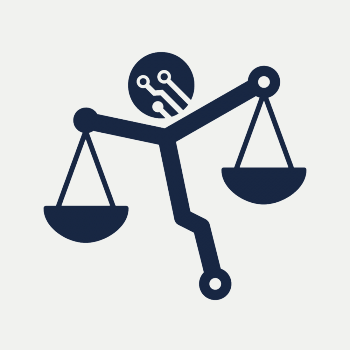AI for English Law - Work Package One - Understanding New Business Models in Legal Services
WP1 studies new AI-facilitated business models in legal services. A business model (‘BM’) may be defined as the way value is created and captured by the producer (Sako, 2012). Studying the emergence of new BMs at incumbents (law firms) and new entrants (legal tech firms) sheds light on firm-level complementarities (Milgrom & Roberts, 1995) between AI technology and
(i) governance and
(ii) managing professional knowledge and careers.
Studying such firms can help identify good strategic choices for future BMs (WP2 and WP3), as well as informing policy regarding remaining constraints in each dimension (with implications for WP4 and WP5).
Firm-level complementarities also have public policy implications for the legal service industry, as tight complementarities give advantages to new entrants over incumbents who may resist making complementary investments. What are likely market structures and models of competition in legal service industries as new AI technologies are deployed? We can address this question by interrogating the extent to which AI technology is a general purpose technology (Trajtenberg et al, 2018), gives rise to platforms with network externalities (Gawer, 2009; McAfee and Brynjolfsson, 2017; Varian, 2018), and in what ways the AI technology and new business models are ‘disruptive’ (Christensen, 1997; Christensen, Wang, & Bever, 2013), in the sense of making old ways of doing things obsolete.
Download the March 2020 report:
Mari Sako, John Armour, Richard Parnham
